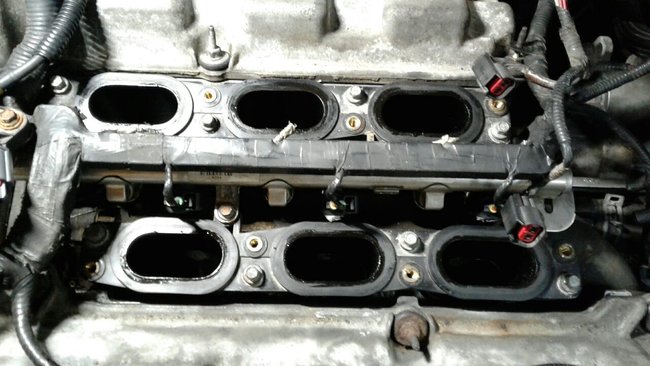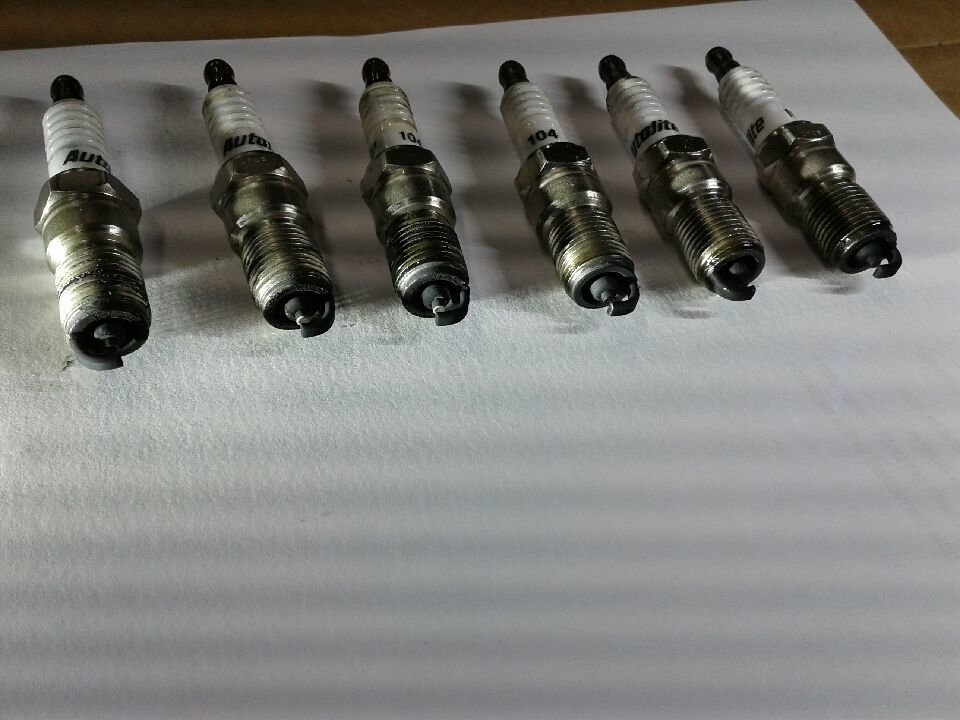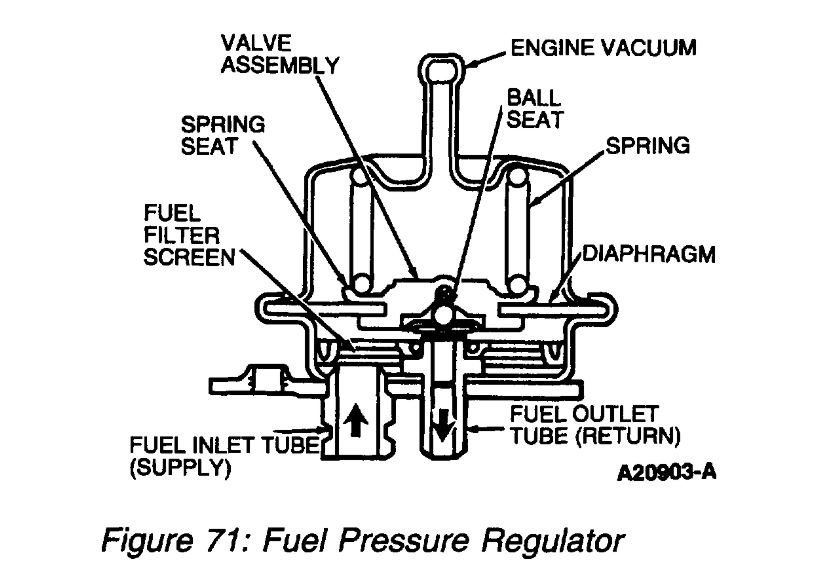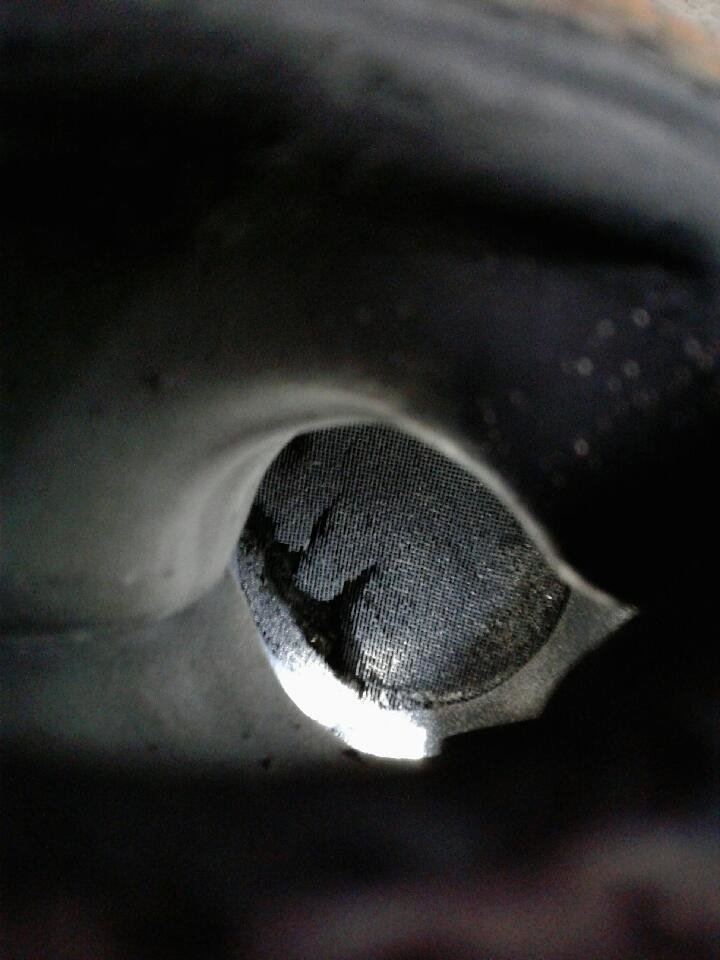Good evening,
I wanted to help out as well.
Your fuel pressure is right on target.
A leaking fuel pressure regulator will allow unmetered fuel into the intake manifold above the injectors. I would check this. The diaphragm ruptures internally and fuel goes into the vacuum line to the intake manifold.
Roy
P2195
Descriptor
Probable Causes
Air Leaks After Mass Air Flow (MAF) Sensor
Camshaft Timing
Cylinder Compression
Diaphragm or EGR Vacuum Regulator (EVR) Leaking
Engine Oil Dipstick Improperly Seated
Exhaust Gas Recirculation (EGR) Valve Stuck
Exhaust Leaks Before or Near Heated Oxygen Sensors (HO2S)
Fuel Pressure High
Fuel Pressure Regulator Leaking
Gasket Leaking
Harness or Heated Oxygen Sensor (HO2S) Shorted to Voltage Power
Heated Oxygen Sensor (HO2S) Circuit Open or Shorted
Heated Oxygen Sensor (Ho2S) Damaged
Leaking or Contaminated Fuel Injectors
Low Fuel Pressure or Running Out of Fuel
Oil Overfill
Poor Mating Terminals and Wiring or Corrosion
Positive Crankcase Ventilation (PCV) System Leaking or Valve Stuck Open
Powertrain Control Module (PCM) Damaged
Vacuum Leaks
Vapor Recovery System
Water in Harness Connector
The fuel pressure regulator is attached to the fuel rail downstream of the fuel injectors. It regulates the fuel pressure supplied to the fuel injectors. The regulator is a diaphragm-operated relief valve. One side of the diaphragm senses the fuel pressure and the other side is connected to the intake manifold vacuum. Fuel pressure is established by a spring preload applied to the diaphragm. Balancing one side of the diaphragm with manifold vacuum maintains a constant fuel pressure drop across the fuel injectors. Fuel pressure is high when engine vacuum is low. Excess fuel is bypassed through the fuel pressure regulator and returned through the fuel return line to the fuel tank.
Image (Click to make bigger)
Friday, November 23rd, 2018 AT 4:56 PM





